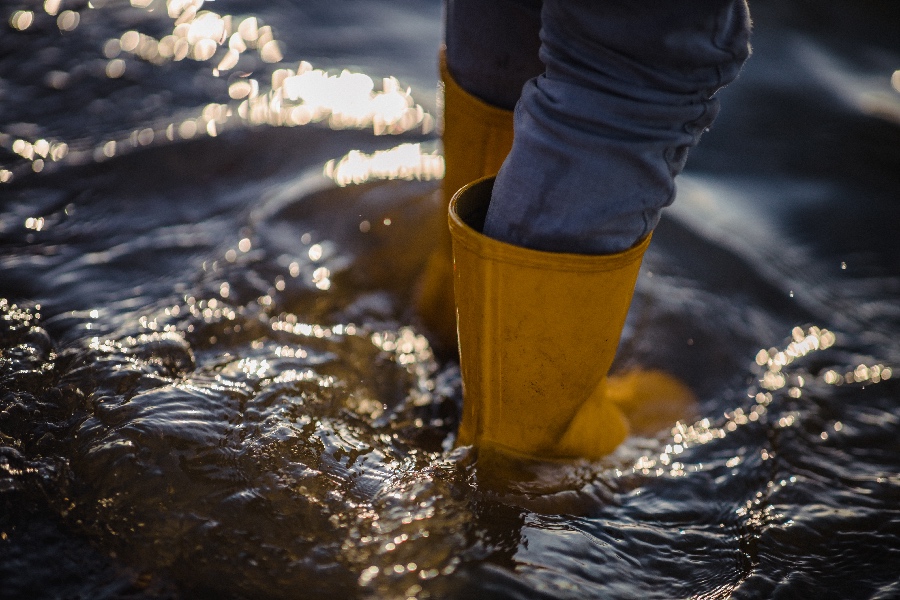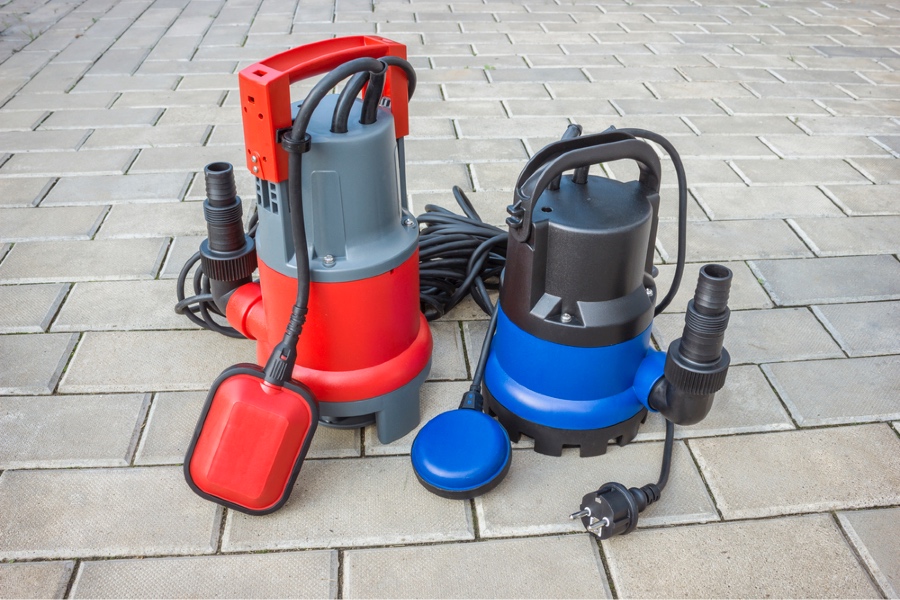Last updated on
These are the main four steps you need to take to deal with the damage caused by flooding. Read on!
Flooding is one of the most catastrophic natural disasters that can occur, leaving destroyed homes and displaced families in its wake.
Dealing with the aftermath of a flood can be a long and arduous process full of unexpected issues. It takes determination, resilience, and bravery to recover from a major flooding event – yet it’s possible to come out ahead by following proven guidelines for regaining stability after disaster strikes.
In this blog post, we will explore how best to approach the cleanup efforts related to floods so you can structure your recovery process toward success.
From tips on safety protocol to ways of tackling both physical repairs as well as emotional stressors – we’ll discuss everything you need to know about managing post-flood damage for life after a flood starts anew.
What's Inside
Assessing the Damage

When faced with the aftermath of a flood, assessing the damage to your home and property should be one of your first steps.
As you take stock of the situation it is important to take detailed notes so that you can submit an accurate claim to your insurance provider. Don’t rush this step – document everything. Take pictures and make sure to save them in a secure place away from any flood-prone areas. Also, write down all repairs that need to be made; if possible, get estimates so that you know how much it will cost.
Having all of this information ready beforehand can help make a difficult process easier and ensure that the damage can be taken care of quickly and efficiently. Keep in mind that the more documentation you have and the better prepared you are, the more likely it is that your insurance claim will be approved.
If you have substantial damage, it may be possible to get a disaster assistance grant from the government.
Safety Procedures

In the wake of a flood, safety should be your highest priority. Start by assessing any potential hazards in the area, ranging from damage to buildings and infrastructure, falling debris due to vibrations, toxins, and pollutants that may have been released, and standing water that can contain hazardous materials or be breeding grounds for vector population.
You should also make sure to wear personal protective equipment like anti-slip shoes and gloves when traveling through a flooded area.
Keep informed of local emergency services alerts and use caution when handling the electricity since it too can represent a serious risk.
Dewatering pumps are essential pieces of equipment that can help reduce the effects of flooding and manage water levels in the aftermath of a major disaster. If you want to learn more you can go now and do some research online, or you can contact a professional for advice and guidance.
Keep in mind that the safety of you and your family should be a priority when dealing with this situation.
Finding a Reliable Contractor to Repair or Replace Any Damaged Items

After a flood, finding a reliable contractor to repair or replace any damaged items can be overwhelming and confusing. Searching online for contractors in the area can leave you with many options and lots of questions.
Reputable contractors may charge more, but they are worth their investment, as they use reliable materials and methods appropriate for flood-damaged areas and provide warranties that ensure no further damage to your home.
Before hiring any contractor, ask friends and family for recommendations, research the company thoroughly online, get at least three separate estimates in writing, and check references. It’s better to take the time now to find someone trustworthy than regret it later due to shoddy workmanship or disreputable business practices.
Cleaning Up Quickly and Effectively

Cleaning up quickly and effectively in the wake of a flood can seem like an impossible task, but it doesn’t have to be. By following a few simple steps, you can limit damage, repair your property, and help get your life back on track faster. First, assess the damage, making sure that the wiring, plumbing, and other systems are safe to use.
Once the building is deemed secure, begin by clearing away any debris -debris that can include both what is directly related to the flood and also items such as unsalvageable furniture and carpeting. Then tackle any major repairs and document any damages with photos as proof for insurance.
Although this process may feel overwhelming at first, keeping on top of it will ensure that you are able to restore your property as soon as possible.
After experiencing a flood, it is important to take action soon and carefully. The aftermath of a flood can be devastating if it is not dealt with quickly and in the right way. It’s essential to assess the damage, follow safety procedures, find a reliable contractor, and clean up promptly.
By following these steps you can start your recovery process as quickly as possible and hopefully have fewer long-term repercussions. It may be difficult to manage the aftermath of a flood, but armed with the right knowledge, it’s more manageable!
With careful planning, safety measures, and quick action taken after a flood, you can mitigate the destruction and begin putting your life back together as soon as possible.




